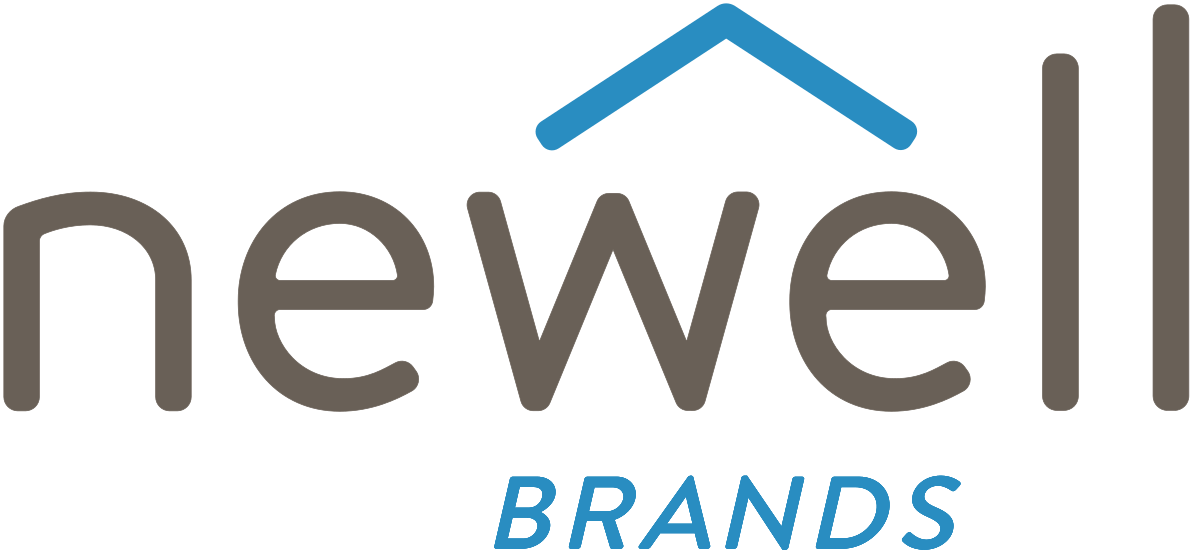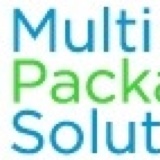Title Page
-
Site conducted
-
HSF 113.1
-
New Equipment Health & Safety Review Form
-
Conducted on
-
Equipment:
-
Asset #:
-
Location:
-
Project Champion:
-
EHS Department Representative:
General Safety Issues:
-
Law and Regualtion Compliance: Do you suspect non compliance may occure due to this change (local regulations, use of asbestos, fire risk asst, environmental issue, needed permits, etc.)? If yes, are there any alternatives?
-
Emergency Preparedness: Do we need to develop catastrophic failure plan recovery for this change, such as:Electrical Power Failure recovery, Material Spillage or Evaporation recovery, etc. Does this change will block or weaken evacuation function? Is emergency lighting and signs sufficient?
-
Are contractors being used qualified for the work being performed based on the sites Contractor Safety Program?
-
Are emergency stop buttons in appropriate locations and easy to reach.<br>
-
Do emergency stop buttons have a yellow background or yellow "stem"?
-
Do the e-stop buttons fully de-energize/stop all equipment motions?<br>
-
Are all other controls and displays easy to read, reach, and operate?<br>
-
Have bump/trip hazards been properly identified and adequately marked? Have slip/trip/fall hazards been eliminated?
-
Do fixed stairs have correct rise and run dimensions and railings as required?<br>
-
Do working platforms over 4 feet above ground level have correct railings and toe boards on all open sides?<br>
-
If fall protection is required, are there engineering or adminstraative solutions in place?
-
Are work surfaces free from sharp edges?<br>
-
Electrical expusre risk has been evaluated to ensure their are no bare wires, high and low voltage has been seperated, logic access ports are pulled to the outside of the cabinets, etc.?
-
Is electrical grounding built into the system to ensure that machine and parts moving through the process have adequate static dissipation?<br>
-
Are commonly changed parts and areas of equipment requiring regular maintenance (electrical panels, etc.) easily accessible?<br>
-
Is there adequate number of nearby electrical outlets in order to avoid the use of extension cords?<br>
-
Is electrical conduit located such that it will not be used as a "step"?<br>
-
Are the fronts of electrical panels kept clear and is the area labeled/marked?<br>
-
Is there enough access space to get necessary lifting devices to the machine?<br>
-
Are nearby fire extinguishers, eye wash stations, safety showers accessible and not blocked by equipment? Do they comply with corporate guidelines? <br>
-
If new confined spaces are now created, have they been labeled with signs and included in the H&S Confined Spaces policy/inventory 402?<br>
-
Have piping runs containing liquids or gases been labeled?<br>
-
Has additional required PPE been identified, provided, and added to the EHS PPE policy 206?<br>
-
Do you suspect any negative impact to thermal stress due to this change? If yes, are there any engineer or administrative solution to minimize the risk of thermal stress?
-
Special Equipment: If special equipment is added/needed (i.e. cranes, hoists, pressure vessels, elevators, conveyors, etc ) which require special maintenance, inspection and operation license, been updated in their respected programs and accounted for?
-
Do you suspect any increase risk of firing or has any negative impact to Fire Protection system (such as fire detection and alarm system, fire hydrant, fire wall, fire door, sprinkler, etc) ?
-
Has Hot Work been accounted for during the instalation or operatioanl process? (Goal is to eliminate to need to perform hot work outside of the designated area.)
-
Has required H&S training been identified? (Note what training is required for whom)<br>
-
Have any new or updated tasks been added to the JSA Task list and evaluated for criticality?
Machine Guarding:
-
Does guarding prevent hands, arms or other body parts from making contact with moving parts?<br>
-
Are machine guards firmly secured and not easily removable?<br>
-
Do the safeguards ensure that no object will fall into the moving parts?
-
Does machine guarding allow safe, comfortable, and relatively easy equipment operation without creating any additional hazards?<br>
-
Can the machine be oiled or lubricated without removing the safeguards?
-
If non-fixed guards are opened does the equipment stop?
-
Are hinged access doors electrically interlocked and de-energize/stop all equipment motion?<br>
-
Can the existing safeguards be improved?
-
Are there any unguarded gears, sprockets, pulleys, or flywheels on the apparatus?
-
Are there any exposed set screws, key ways, collars, etc.?
-
Is the Safety System design a Category 3 which achieves Control Reliability? (Interlocks/Presence Sensing Devices wired together to a safety relay then to two contactors.) (ANSI B11.19)
-
Are all energy sources capable of being locked out?<br>
-
Where necessary, have machine-specific LOTO procedures been prepared and posted? (example: not necessary on single energy source plugged equipment) <br>
-
Have heat sources been guarded to avoid the risk of burns?<br>
Ergonomic Issues:
-
Does the workspace allow for full range of movement by the operator?<br>
-
Is there enough space provided to allow the operator to face the object for lifting?<br>
-
Is the operator able to vary posture at the workstation?<br>
-
While sitting, can the operator place legs under the work area without overreaching?<br>
-
Can a forceful exertion be done with the wrists straight? <br>
-
Are forceful pushing or pulling forces kept at a minimum?<br>
-
Is repetitive or prolonged posture exertion kept at a minimum?<br>
-
Is there clearance on the operation controls for gloves, if required?<br>
-
Is there minimal exposure to vibration?<br>
-
Is the forward infrequent (4-5 times/hour) reach less than 28 inches (torso to object)?<br>
-
Reach=
-
Is the forward repetitive reach less than 18 inches (torso to object)?<br>
-
Reach=
-
If a standing workstation, does the height of the work surface adjust between 35 to 42 inches?<br>
-
Height=
-
Is the height of non-adjustable work surfaces at or close to 35 inches?<br>
-
Height=
-
Is the workstation designed to reduce or eliminate the following:
-
Bending or twisting of the wrist?<br>
-
Reaching above the shoulder?<br><br>
-
Static muscle loading?<br>
-
Full extension of the arms?<br>
-
Raised elbows?<br>
-
Bending or twisting of the back?<br>
-
Bending or twisting of the trunk?<br>
-
Crouching?<br>
-
Clothes wringing motions?<br>
-
Finger pinch grip?<br>
Industrial Hygiene and Environmental Issues:
-
Is the average noise level of the equipment, and in the area, less than 82 dBA (8-hour TWA)?<br>
-
dBA running:
-
dBA off:
-
Has sufficient lighting been provided so that operation, servicing, maintenance and repair can be carried out safely?<br>
-
Do you suspect the Laser Velocity Gauge (Laser Encoder) increase due to this change?
-
Do you have any engineer or administrative solution to minimize the non-ionizing radiation exposure?
-
Is local exhaust ventilation adequate to control airborne exposure to particles, liquid splashing, vapors, or fumes?<br><br>
-
Is ventilation and climate control in the area sufficient?<br>
-
Do we need to conduct IH monitoring to confirm compliance status after project completion?
-
Have emissions of pollutants to the air been reviewed for regulatory applicability?<br>
-
Have pollution control devices associated with the process been reviewed for regulatory applicability?<br>
-
Is secondary containment associated with the equipment adequate to contain the volume of the largest oil reservoir?<br>
-
Does the equipment avoid the use of CFC or HCFC refrigerants?<br>
-
Does the equipment avoid the use of mercury-containing components (switches, etc.)?<br>
-
Has the chemical review process been completed for new chemicals associated with the process?<br>
-
Is the storage of chemicals associated with the process proper and adequate?<br>
-
List all chemicals associated with the process, used in equipment, or used for maintenance.
-
Coolants?<br>
-
List all coolants:
-
Cleaners?<br><br>
-
List all cleaners:
-
Solvents?<br>
-
List all solvents:
-
Oils?<br>
-
List all oils:
-
Other:<br>
-
List other:
-
Does the process require the use of fuels?<br>
-
List all fuels:
-
Will the equipment/process generate waste?<br>
-
List all wastes:
-
Equipment Specific Comments
-
Select an answer:
- The items requiring corrective action have been completed as listed above, and the equipment can be released for production purposes.
- The equipment does not require corrective action and can be released for production purposes.
- The equipment is not deemed safe and should not be released for production until all corrective actions are completed.
-
Auditor Signature
-
Project Champion Signature













